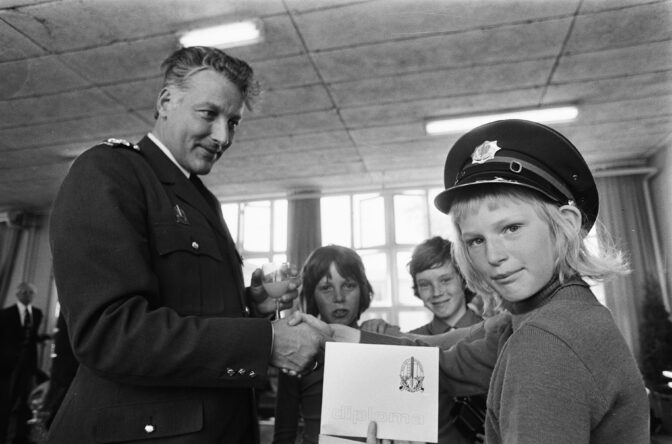Great news: my Certified Genealogist® credential was just renewed for another five years!
I have been a board-certified genealogist for five years now, as the first and so far the only genealogist in the Netherlands. Every five years, we have to show our work still meets standards by submitting a portfolio with work samples to the Board for Certification of Genealogists. I submitted a case study and one of my Eleanor of Aquitaine blog posts. I have submitted the case study for publication in a journal, so I will share it with you later.
Several people have asked me how you know when you are ready to become a Certified Genealogist. I think there are several ways to know you ‘get it.’ Does this sound like you?
- You have experience solving cases with indirect, negative and/or conflicting evidence.
- You regularly use sources that most beginning genealogist do not, for example town records, tax records, probate records.
- You are used to creating research plans and know how to follow and adapt them.
- You are comfortable reporting about your research. Your research reports clearly outline the goals, findings, (intermediate) conclusions, and suggestions for further research.
- You know how to read older documents in the area where you do research, and understand the older script and language.
- You read the NGSQ and other peer-reviewed journals and understand the way the article is structured and how it proved the case. NGSQ is the quarterly journal of the National Genealogical Society in the US.
- You see the source citations in these articles and think that looks like the way you do citations.
- You are comfortable presenting your conclusions in writing, for example in reports or case studies
- You read Genealogy Standards and find yourself nodding. Genealogy Standards is the standards manual published by the Board for Certification of Genealogists, which can be bought from major bookstores.
You can become certified by submitting a portfolio to the Board for Certification of Genealogists. The requirements for an initial portfolio are more extensive and specific than for a renewal. Please see their website, especially the application guide, for the portfolio requirements. See also my previous blog post with my tips for people pursuing certification or read about my initial portfolio.

Boy getting his traffic diploma. Credits: Rob Mieremet, collection Nationaal Archief (CC-0)


In June 2020 we found my husbands biological Great Grandfather by a population reigister living with my husbands Great Grandmother.
A year before this one of your articles said to find someone look at population records. It certainly is true